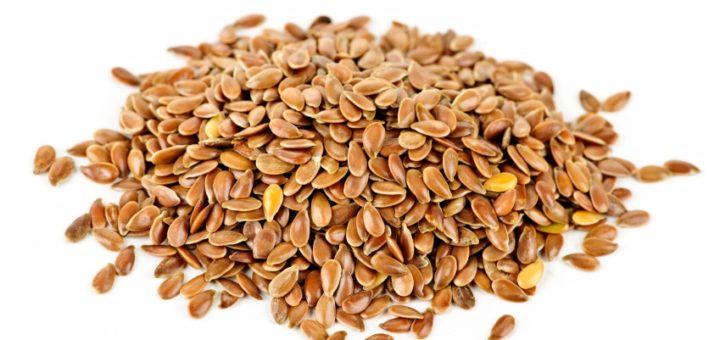Introduction to Phytochemicals (Phytonutrients)
Phytonutrients – What Are They?
Phytonutrients (often known as and referred to as phytochemicals and vice versa) are defined as any chemical of nutrient that has been derived from a plant source. The name comes from the Greek word ‘phyto’ meaning plant and they are responsible for giving many plants their colour, flavour and smell. Although they have only recently been discovered, many phytonutrients are already becoming familiar, household names including lutein, lycopene and betacarotene.
Phytonutrients/phytochemicals are said to be incredibly beneficial to human health – however, what separates them from other nutrients is that they are not absolutely necessary for the normal functioning of the body i.e. our bodies will not shut down without them. Rather they are the building blocks from which our bodies use to promote good health e.g. by improving the function of the immune system, attacking bacteria and viruses, reducing inflammation etc. Phytonutrients have also been associated with the treatment and/or prevention of cancer, cardiovascular disease and other degenerative diseases.
The Eight Phytonutrient Families
- Flavonoids: includes Quercetin and Epicatechin. Good food sources are: berries, grapefruit, grapes, cereals and yellow and orange vegetables;
- Isoflavones: food sources include soy and soy protein, beans and legumes;
- Isothiocyanate: food sources include broccoli, cabbage, cauliflower and watercress;
- Monoterpene: food sources include citrus fruits, especially the peel;
- Organosulfur: food sources include onions and garlic;
- Saponin: food sources include olives, soy, quinoa, aloe, beans and other cereals;
- Capsaicin: food sources include chillis and other peppers (capsicum);
- Phytosterols (plant sterols): food sources include vegetable and soy oils;
Specific Foods High in Phytonutrients:
Raw for More
As with other nutrients, vitamins and minerals it is widely believed that cooking and preparing foods can diminish the phytonutrient content available within the food. This is particularly true of refined, prepackaged foods which are often on our shelves several months after first being harvested. As ever, the best option is to go fresh and raw!
However, interestingly, the exception to the rule in this case is lycopene – the phytonutrient found in tomatoes. Several studies have confirmed that lycopene content actually increases in cooked tomatoes and that it becomes concentrated in certain tomato products such as ketchup and pasta sauce (although the negatives of these products far outweigh this positive).
Getting Enough?
Given the importance of phytonutrients/phytochemicals it is essential that we get enough in our diets. While supplements can obviously be very effective, it is always worth bearing in mind that they are as their name suggests – supplements meant to supplement an already healthy diet.
The combination of a proper, varied diet of fresh vegetables and certain fruits alongside proper supplementation can lead to exceptional health benefits and as such I would look to your diet as a way to include as many health giving, life giving foods as possible.
Here are some simple guidelines to follow to ensure that you are getting enough phytonutrients in your daily diet:
- Eat at least a small side salad with every lunch and dinner
- Drink at least one fresh fruit/vegetable juice per day – and by fresh I mean either made by you, with your bare hands or purchased from a juice bar where they make your juice in front of you i.e. not a prepackaged drink
- Steam your vegetables instead of boiling them and steam for as little time as possible
- Snack on raw treats such as carrots, celery, baby tomatoes, nuts and seeds
Happy eating!






Hey Jared – thanks for the extra kind words!
have a great day and keep up the green veggie consumption!
Ross
I was unaware of Phytonutrients in tell now and finally from a lot of blogs I read I feel like I learned something. I feel like I get enough of this nutrient as I eat plenty of green veggies and fruits. Thanks for this awesome post.